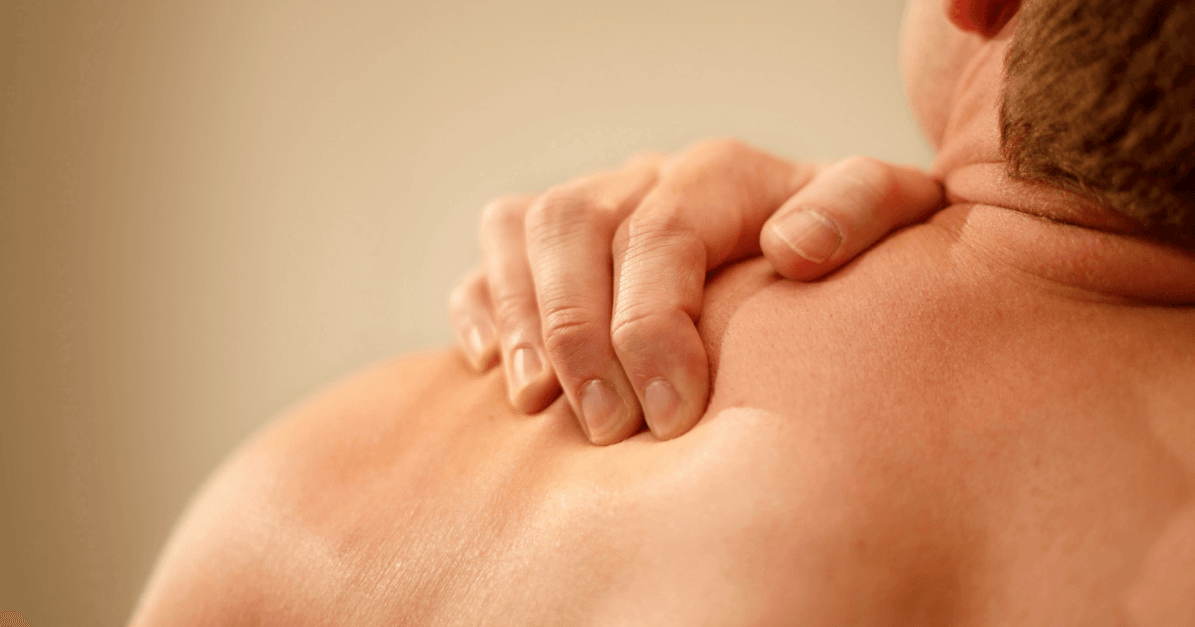Back pain is a symptom of more than 20 diseases. These are cardiovascular and nervous diseases. To make an accurate diagnosis it is necessary to consult a neurologist, cardiologist, take certain tests and undergo examinations. Treatment should be started immediately after diagnosis, as delays can aggravate the situation.
Back pain can appear in the spine, under the scapula, under the ribs and in the lumbar region.

Spinal pain is also of different localization:
- Neck pain;
- Chest pain;
- Back pain;
- Pain in the pelvis;
- Pain in the tail area.
Pain sensations may be local or radiate to the limb, shoulder blade, shoulder blade.
Patients describe their pain as pain, burning, stinging, and burning. This mainly refers to pain in the chest and lower back.
Causes back pain
With many diseases of the spine and nerve endings, the back can hurt. But, these diseases are not felt often and for a long time. Pain occurs in the case of a provoking factor during which the disease appears to wake up from hibernation. Then you need to take painkillers and treat the disease itself.
Causes of pain
- Prolonged muscle tension.
- Heavy physical overload.
- Prolongation of unchanged body position. A person sits or stands for a long time, without changing body position, without warming up.
- Spinal cord injury.
- Hypothermia of the body.
What contributes to back pain
- Rakiocamp;
- Minor physical activity;
- Improper weight lifting;
- Inappropriate furniture that causes spinal discomfort;
- Hormonal imbalance.
Diseases that cause back pain
- Osteochondritis of the spine.
- Spinal muscle myositis.
- Neuralgia.
- Sciatica in the lumbar region.
Symptoms of the disease that cause back pain

Osteochondritis of the spine
It is an inflammation of the intervertebral discs in which their deformation occurs.
In osteochondrosis, the pain is excruciating, which does not allow long-term physical exertion. Painful sensations decrease and reappear in unpleasant circumstances. In severe cases a herniated disc develops. Back pain intensifies. The patient is temporarily unable to work.
Myositis of spinal muscle fibers
The excruciating pain increases with deep breathing or movement. It happens that the pain does not allow a person to sleep. Sometimes the temperature rises slightly, the patient trembles. Painful muscles thicken and ache on palpation.
Intercostal neuralgia
This causes constant pain. The pain is most severe when a person breathes deeply, sneezes or coughs. The pain seems to bend in the back, radiating between the ribs. On palpation, the muscles are not tense but painful. Pain with intercostal neuralgia arises from angina pectoris and myocardial infarction. In this case, the pain radiates to the heart.
Lumbosacral sciatica
With inflammation of the lumbosacral spine, pain may be inflicted on the leg or gluteus muscle. Muscle spasm occurs. Pain aches are resolved by shooting pains. With such severe pain, the patient is unable to move and simply sit.
He is sensitive to shock during a neuralgia attack. It happens that along with the pain may be numbness, a burning sensation or a slight tingling sensation. People called this condition lumbago.
How to treat back pain caused by spinal diseases?
- Along with the pain, the patient needs to move as little as possible.
- Sleep on a comfortable, firm mattress.
- Take anti-inflammatory drugs, they are excreted in tablets and ampoules. Injections are prescribed for severe pain. The ointment should be applied not only to the site of pain dislocation but also to the surrounding tissues. Ointment containing bee or snake venom is applied only to the area that hurts.
- Preparations with a warming effect. They improve blood circulation and relieve pain. The use of mustard plastic also helps.
- Physiotherapeutic procedures such as electrophoresis and ultrasound assistance. Acupuncture is sometimes used.
- They take analgesics for severe back pain caused by sciatica or neuralgia. Or they block novocaine.
- B vitamins are prescribed in the form of injections. Then you can take pills.
Back pain is caused by diseases of internal organs. An accurate diagnosis can only be made by a thorough examination by a physician.
How to treat back pain during remission:
- Special exercises;
- Orderly work and rest regime;
- Severe physical inadmissibility;
- Physiotherapy;
- Treatment in a sanatorium;
- Use of B vitamins. They improve nutrition in inflamed tissues and relieve them.
- Use of anti-inflammatory drugs;
- With a spinal hernia, surgery is sometimes prescribed in the neurosurgical department.
Preventing any disease is easier said than done. To prevent spinal diseases, the following rules should be followed.
- Keep track of your posture
- Do not lift heavy objects.
- Live an active lifestyle.














































